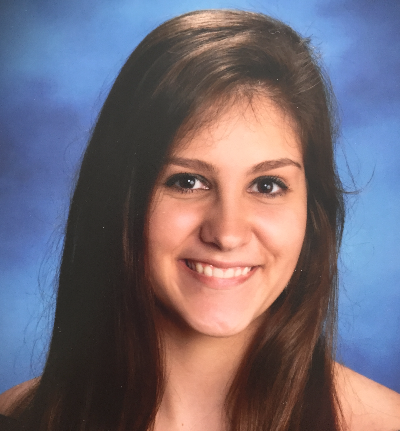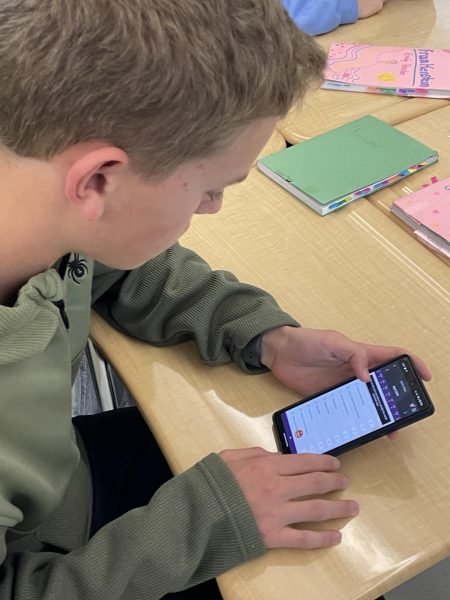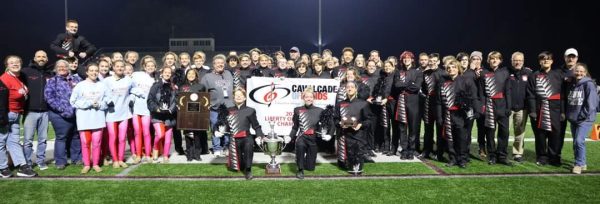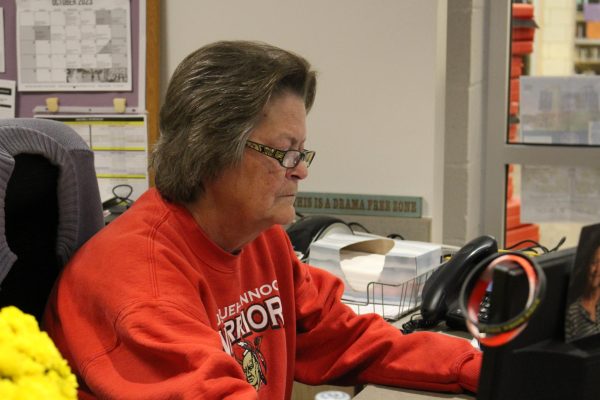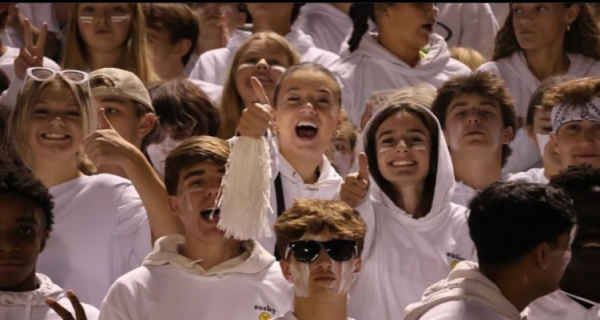The 1-on-1 Program: The Financing
May 11, 2015
Following the approval of the 1-on-1 program for next school year, which will supply all high school students with Google Chromebooks, the school board has begun planning the finances of the program.
The school conducted a roughly two-month-long testing period with students to try out Apple iPads and Google Chromebooks in relation to school work. Since then, the devices have been redistributed to teachers to further their knowledge of the technology.
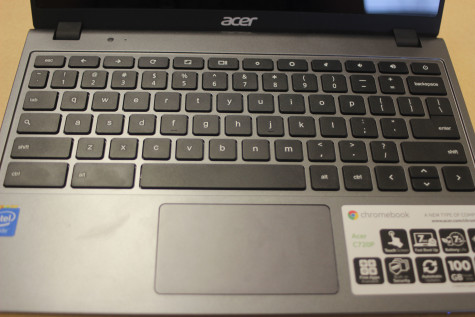
After the testing period, the test group of students discussed their findings with school board members. With the experiences presented, the school board decided to supply students with Chromebooks for the next school year.
High school principal Kevin Molin worked closely with the test group and was involved with the financial planning of the program.
“The ultimate goal is that students are issued a Chromebook, and they’d have access to it 24/7,” said Molin.
As for financing of the program, the school board has allotted $300,000 in order to fund the 1-on-1 venture. The school will utilize $110,000 for pre-purchasing devices this year, and the rest will be used later in the program.
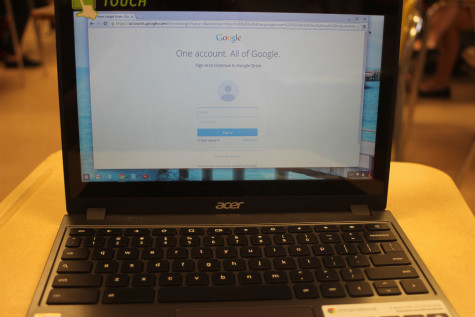
This amount will come from multiple sources including existing school funds. The school will also be using EITC money, which comes from businesses that scholastically donate in order to earn tax exemptions. In addition to these funding methods, the technology budget will be raised from existing levels for next school year.
This budget not only covers the actual devices but also other pieces of technology that go along with having a larger amount of computers in the building. These devices include Wi-Fi routers and other infrasture pieces.
Chief Financial & Operations Officer Wayne McCullough has been involved with the program’s financing and planning since its proposition.
“The high school has worked really hard to infuse technology into the regular classroom activities,” said McCullough. “I think the next step is to make sure that every child has technology in place to use.”
Guidelines and rules for students with technology along with other details are to be determined at a later time, which could affect the allotted budget as the school board solidifies the program. Access the first 1-on-1 program piece, which focuses on the school board’s approval process, here.



